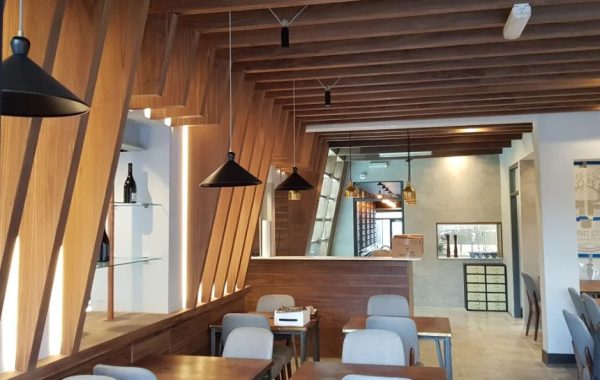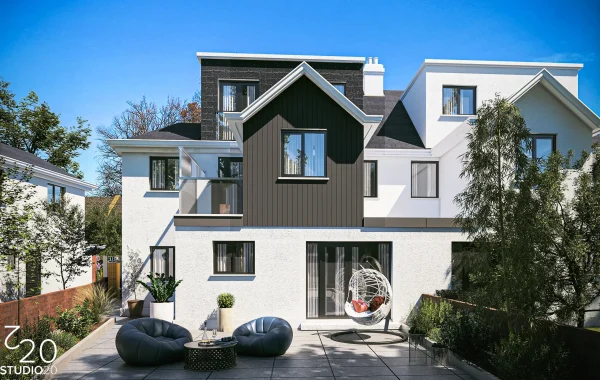Building Regulations in Dartford Wilmington: A Bold Homeowner’s Guide to Compliance, Character, and Craftsmanship
Beyond the Blueprint — Understanding Wilmington’s Hidden Building Code Story
When most people think of building regulations, they picture cold manuals, endless red tape, and obscure rules buried in bureaucratic jargon. But in the village of Wilmington in Dartford, Kent, the building regulations are not just about rules — they’re about shaping how heritage coexists with innovation. Whether you’re upgrading a historical cottage or designing a sleek modern dwelling nestled among ancient trees, understanding Wilmington’s building regulations is the key to unlocking compliant, high-quality, and character-rich development. This guide is not your average rundown of policy — it’s a deep dive into how regulations breathe life into bricks and mortar in a unique community where history and modernity cohabit with charm.
1. Wilmington’s Identity: Why Building Regulations Matter More Here
Dartford Wilmington is not just a suburb — it’s a living story etched into its architecture. From Grade II-listed landmarks to 20th-century suburban homes, building regulations are the invisible framework preserving the town’s spirit. In Dartford Borough, Wilmington’s building rules must navigate both conservation ethics and progressive design, ensuring every extension, conversion, or new build feels like it belongs.
Key Insight: Local character influences enforcement. Regulations are applied with a contextual lens — what works in Dartford town centre might not pass in tree-lined Oakfield Lane or Church Hill.
2. Foundations of Compliance: Understanding the Building Regulations Framework
Dartford Borough Council enforces building regulations under national law (Building Act 1984 and Building Regulations 2010), but interpretation at the local level adds unique flavour. Whether you’re a homeowner, developer, or architect, these core categories matter:
Structural Integrity (Part A): Special care in Wilmington’s clay soil zones, where foundation depth is critical.
Fire Safety (Part B): Additional scrutiny near greenbelt or woodland plots.
Ventilation and Insulation (Part F & L): Energy efficiency in line with Kent’s carbon reduction targets.
Accessibility (Part M): Mandatory inclusive design in all new homes and significant renovations.
Drainage and Waste (Part H): Tailored approaches to manage rainwater due to Wilmington’s slight elevation changes and natural springs.
3. The Unsung Heroes: Approved Inspectors vs Local Authority Building Control
While many assume Dartford Council is your only route for inspections, Wilmington’s homeowners often opt for Approved Inspectors — private professionals licensed to carry out compliance checks. They offer flexibility, quicker turnarounds, and tailored advice, particularly valuable in Wilmington where bespoke designs and small-scale builders are common.
Pro Tip: In heritage-sensitive parts of Wilmington, like near St Michael and All Angels Church, using Local Authority Building Control may be advisable for smoother navigation of overlapping planning and building rules.
4. Common Mistakes in Wilmington Projects — And How to Avoid Them
Mismatched Materials: Even minor external changes (like modern uPVC windows) can be flagged if they clash with nearby character buildings.
Ignoring Soil Reports: Several projects fail due to shallow foundations in clay-dense pockets — always commission a soil survey first.
Assuming PD Rights Mean No Regulations: Permitted Development (PD) allows you to build without planning, but you still need Building Regulation approval for most works.
Skipping Party Wall Agreements: In Wilmington’s tightly spaced developments, overlooking the Party Wall Act can stall your timeline.
5. Navigating Historic and Conservation Considerations
Some pockets of Wilmington edge into Conservation Area territory or sit near listed buildings — invisible barriers that carry heavy regulatory weight. Even internal works like stair replacements or flooring upgrades may require special methods or materials. Combining listed building consent with regulation compliance requires meticulous coordination.
Insider Strategy: Work with a heritage-savvy architect who understands Kentish vernacular — this often results in quicker approvals and fewer requested revisions.
6. From Concept to Completion: The Regulation Timeline in Wilmington
Step 1: Hire a qualified architect or surveyor with local experience
Step 2: Submit full plans to Dartford Building Control or your Approved Inspector
Step 3: Get conditional approval (allowing for minor design tweaks)
Step 4: Notify Building Control at key stages: foundations, damp proof course, structural elements, roof
Step 5: Receive Completion Certificate – essential for selling or remortgaging
7. Sustainability and the Future of Building Regulation in Wilmington
Dartford Council has committed to supporting net-zero carbon development by 2030. Expect building regulations in Wilmington to evolve rapidly, placing more pressure on insulation values, heat pump integration, and solar panels. While these may seem like technical hurdles, they offer long-term savings and add resale value in Kent’s increasingly eco-conscious housing market.
Conclusion: Regulations as a Canvas, Not a Cage
Building in Dartford’s Wilmington is not about dodging red tape — it’s about embracing a legacy while designing a future. The regulations here are not just mandates; they’re opportunities to create homes that are structurally sound, environmentally responsible, and rich in aesthetic continuity. By understanding and working with these unique rules, you don’t just comply — you contribute to Wilmington’s evolving architectural story.





